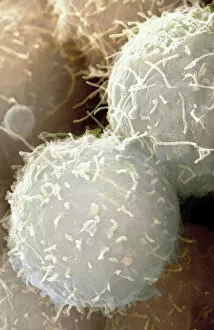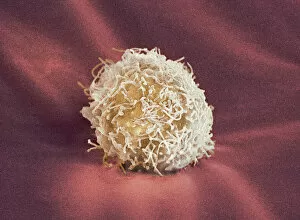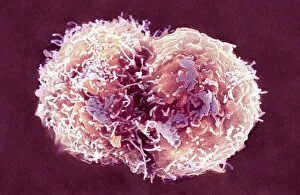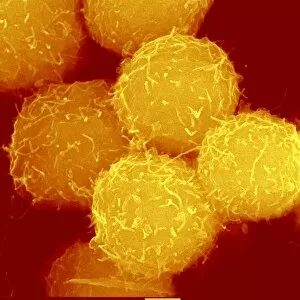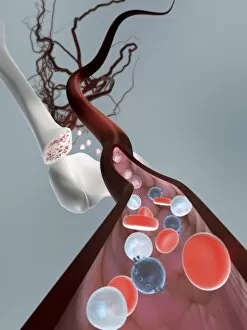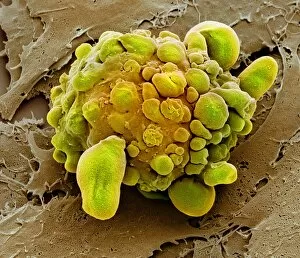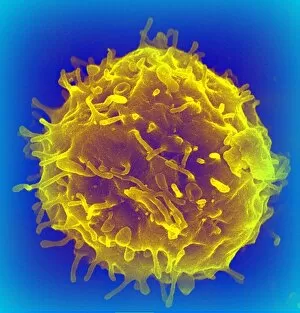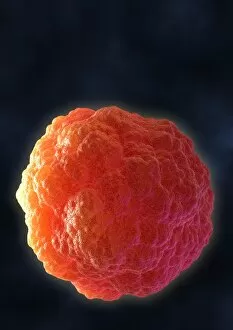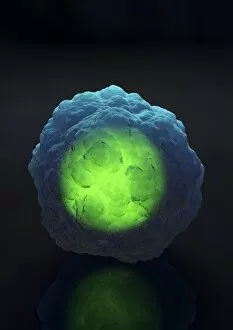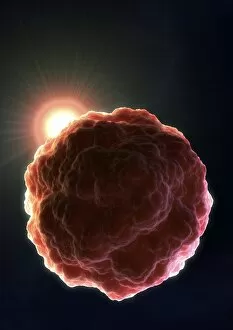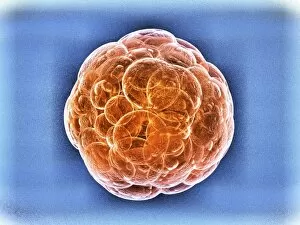Unspecialised Collection
"Unlocking the Potential: Exploring the World of Stem Cells through SEM" Delving into the microscopic realm
For sale as Licensed Images
Choose your image, Select your licence and Download the media
"Unlocking the Potential: Exploring the World of Stem Cells through SEM" Delving into the microscopic realm, we uncover the fascinating world of stem cells through Scanning Electron Microscopy (SEM). These unspecialised wonders hold immense promise in regenerative medicine and beyond. Intricate patterns emerge as we capture a mesmerizing image of mesenchymal stem cells under SEM. Their elongated structures showcase their ability to differentiate into various cell types, offering hope for treating diseases like Parkinson's or repairing damaged tissues. The captivating beauty continues with another glimpse at haematopoietic stem cells. Through an artistic lens, these versatile cells are transformed into a vibrant masterpiece, representing their crucial role in replenishing our blood supply and fighting off infections. Returning to SEM, we witness yet again the intricate details of mesenchymal stem cells. The high-resolution images reveal their unique morphology and potential therapeutic applications in conditions such as arthritis or heart disease. However, not all is eternal within this realm. A poignant moment captured by SEM showcases dying stem cells - a reminder that even these remarkable entities have limitations. Yet from death springs new life as scientists strive to understand this process better and harness its potential for future treatments. Through artistry and scientific exploration alike, we unravel the mysteries surrounding unspecialised stem cells. Each image tells a story of resilience, adaptability, and untapped possibilities waiting to be unlocked for medical advancements that could revolutionize healthcare as we know it. As technology advances further still, who knows what other secrets lie hidden within these extraordinary building blocks of life? It is up to us to continue pushing boundaries and unlocking their full potential – one captivating image at a time.

